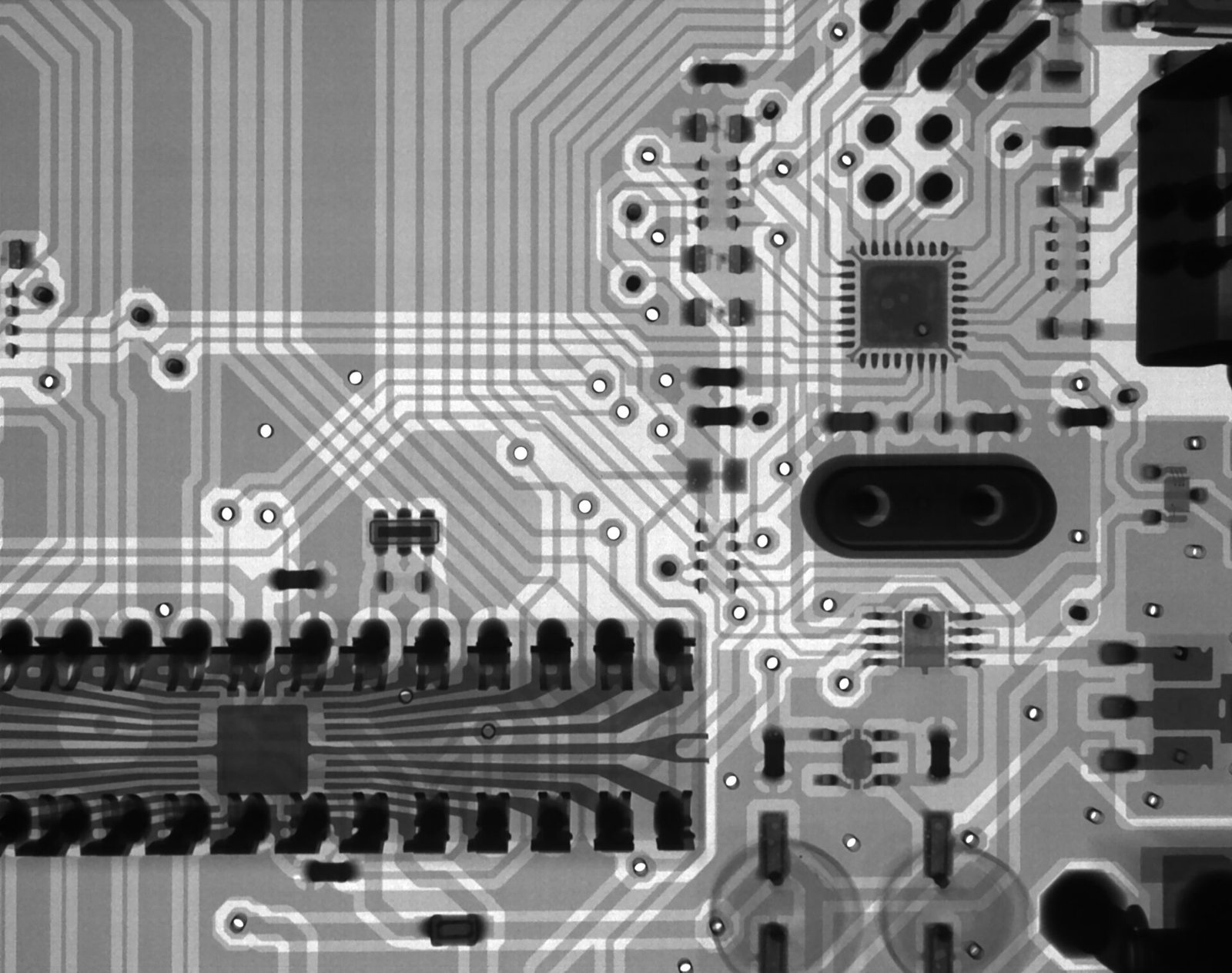In a move that has intensified the growing tech and geopolitical tensions between Washington and Beijing, US President Joe Biden has issued an executive order restricting American venture capital and private equity investments in China’s chip and AI sectors. This step has added a fresh layer of complexity to their already intricate relationship and has raised concerns that US allies might also adopt similar measures.
This latest order curtails investments by US entities in Chinese companies involved in advanced semiconductor and AI technologies, as well as specific quantum computing systems. The goal is clear: to stop American capital and expertise from bolstering China’s military modernization, potentially compromising US national security.
If investors are eyeing less-advanced semiconductors, they will need to notify the US government. Details surrounding this stipulation will be released by the Treasury Department once they’ve gathered feedback from stakeholders and the general public.
The order has a broad reach, covering investments in China and its special administrative regions of Hong Kong and Macau. The primary aim is to prevent capital from finding ways around the restrictions. Beginning next year, the constraints will mainly target “active” investments, which include equity investments that result in cash or “intangible benefits,” such as talent acquisition or management assistance.
The Treasury Department has clarified that “passive investments,” like shares in publicly traded Chinese firms, aren’t affected. The Department’s strategy has been labeled a “small yard, high fence” approach, indicating a precise focus on select critical technologies to minimize disturbances in the standard capital flow between the US and China.
Chinese tech shares showed a minor decline after the announcement. However, the dip wasn’t drastic since the executive order had been anticipated. For instance, China’s largest chip maker, Semiconductor Manufacturing International Corp, dropped by 0.5%, while Baidu, with its ChatGPT-like robot Ernie Bot, experienced a 0.3% decline.
Analysts predict this move might have long-term implications for China-US relations. According to Li Wei, director of the Centre for American Studies at Renmin University in Beijing, by restricting investments, the US is essentially limiting the financial resources of China’s high-tech companies, potentially stalling their technological advancement.
Gavekal Dragonomics analysts, Yanmei Xie and Arthur Kroeber, anticipate that Washington might persuade its allies to establish similar restrictions. They noted that the European Commission is already considering a European Union screening system as part of its broader strategy to reduce dependence on China.
While China’s immediate reaction might be understated, there are concerns about potential retaliatory measures, such as introducing their export controls on vital minerals for tech production.
The latest investment curbs have darkened the outlook for US-China relations. Recent efforts by the Biden administration to smooth ties by sending top officials, including Secretary of State Antony Blinken and Treasury Secretary Yellen, for talks seem to be overshadowed by this order.
This executive order primarily affects technologies like semiconductors, microelectronics, quantum information, and certain AI systems. These are technologies that the US deems vital for national security, while China considers them essential for its development and growth.
Beijing responded strongly, condemning the investment restrictions. Their foreign ministry labeled the move as “economic coercion and tech bullying.”
Pang Zhongying, an international affairs professor at Sichuan University, suggests that the order’s introduction might be a negotiation strategy, akin to the trade restrictions of the Trump era. Yet, once such measures are in place, rolling them back is challenging.
Sung Wen-ti, a political scientist at Australian National University, observes that the timing of the order, just before more trade talks, sets clear boundaries for discussions. He believes the order aims to convey a message to US allies, although he expects the response among allies to vary based on their unique relationships and stakes in China.
Despite these curbs, an anonymous executive from a Chinese tech company noted that many firms, due to increasing West-East tensions, have been leaning more on state funds and domestic fundraising. The bigger issue, he stated, is the impediment these curbs might place on knowledge-sharing, which could stifle innovation and hurt businesses on both sides.
In anticipation of the order, US investments in China had already seen a decline. The Rhodium Group reports that US foreign direct investment in China was at its lowest since 2005, standing at US$8 billion last year. Similarly, US venture capital investments in China were down to US$1 billion from a 2018 peak of US$19 billion.
In conclusion, this move by the US to limit tech investments in China has amplified concerns, and it remains to be seen how it will shape global tech and geopolitical landscapes in the coming years.
Read More:
